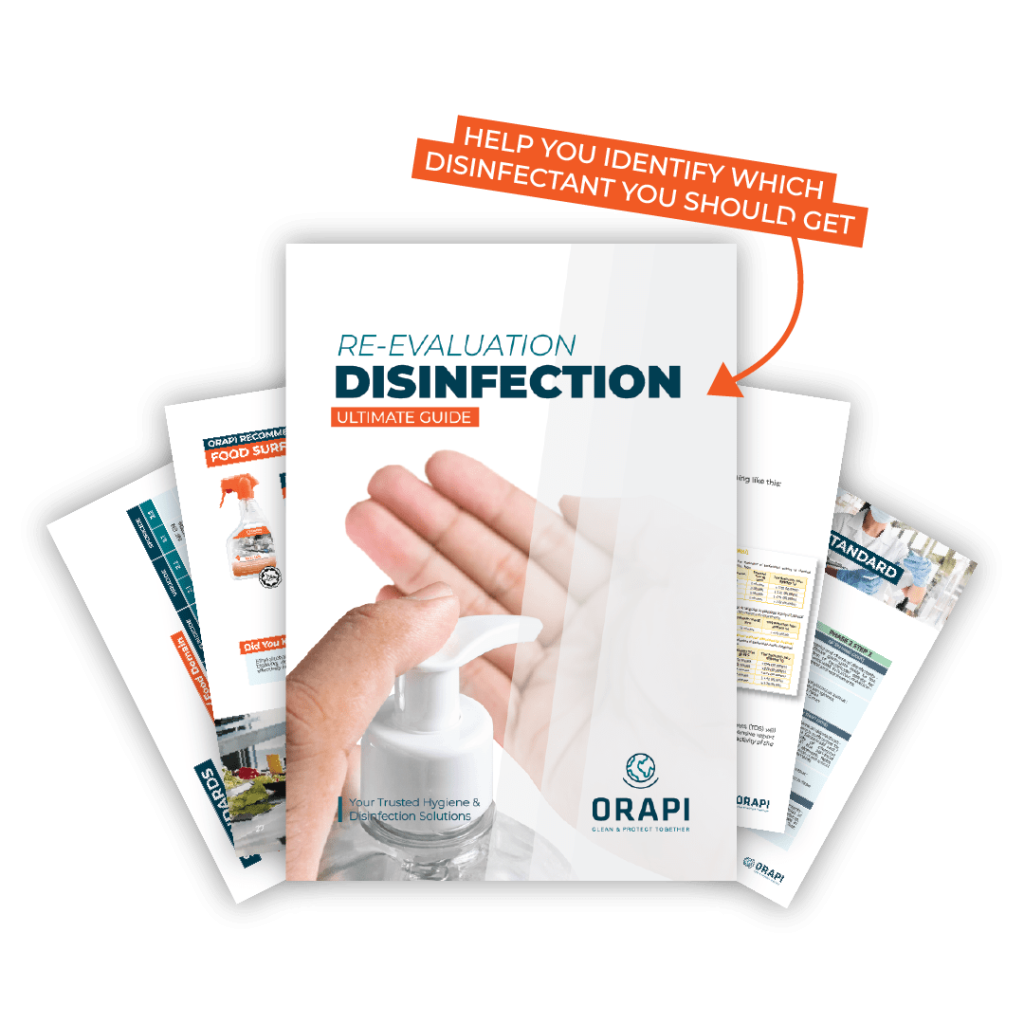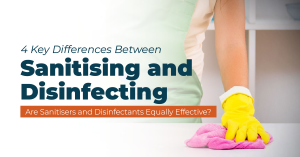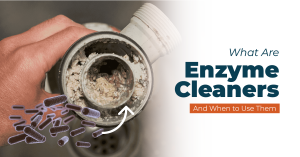
Disinfectants, preservatives, insecticides and repellants and attractants are some common examples of biocide products. They are also pivotal in safeguarding public health, preserving goods, and maintaining hygienic environments across multiple sectors. In this article, we explore the rationale behind classifying these products as biocides, unravelling their intrinsic mechanisms and indispensable contributions to contemporary living.
Category 1: Disinfectants

Human Hygiene
This category comprises biocidal products intended for human hygiene, designed to disinfect the skin or scalp when applied directly to or in contact with them.
Disinfectants and Algaecides
These products are formulated for disinfecting surfaces, equipment, and materials not intended for direct contact with humans or animals, excluding those in contact with food or feeding stuff. They find application in diverse settings such as swimming pools, aquariums, air conditioning systems, and various industrial and professional environments, ensuring cleanliness and hygiene standards. Additionally, they are utilized for disinfecting air, non-potable water, wastewater, hospital waste, and soil. Furthermore, they serve as algaecides for treating swimming pools, aquariums, and other bodies of water and for remedial treatment of construction materials. Moreover, they can be incorporated into textiles, tissues, masks, paints, and other materials to impart disinfecting properties, enhancing hygiene in various articles and materials.
Veterinary Hygiene
These products are formulated for disinfecting surfaces, equipment, and materials not intended for direct contact with humans or animals, excluding those in contact with food or feeding stuff. They find application in diverse settings such as swimming pools, aquariums, air conditioning systems, and various industrial and professional environments, ensuring cleanliness and hygiene standards. Additionally, they are utilized for disinfecting air, non-potable water, wastewater, hospital waste, and soil. Furthermore, they serve as algaecides for treating swimming pools, aquariums, and other bodies of water and for remedial treatment of construction materials. Moreover, they can be incorporated into textiles, tissues, masks, paints, and other materials to impart disinfecting properties, enhancing hygiene in various articles and materials.
Food and Feed Area
These products are employed to disinfect equipment, containers, utensils, surfaces, and pipelines involved in producing, transporting, storing, or consuming food or feed, including drinking water for both humans and animals. Additionally, they treat materials that may come into contact with food, ensuring hygiene and safety standards throughout the food supply chain.
Drinking Water Treatment
These products are designated for disinfecting drinking water, serving the crucial purpose of ensuring the safety and purity of water intended for consumption by both humans and animals.
Category 2: Preservatives

Preservatives for Product Storage
Film Preservatives
They safeguard films or coatings by managing microbial decay or algae growth, thereby maintaining the original properties of material or object surfaces. They are commonly used to protect paints, plastics, sealants, wall adhesives, binders, papers, and artwork.
Film preservatives are classified as biocide products because they contain active ingredients that inhibit the growth of microorganisms, fungi, and bacteria on the film’s surface, preventing degradation and extending its lifespan in various industrial applications.
Film Preservatives
They safeguard films or coatings by managing microbial decay or algae growth, thereby maintaining the original properties of material or object surfaces. They are commonly used to protect paints, plastics, sealants, wall adhesives, binders, papers, and artwork.
Film preservatives are classified as biocide products because they contain active ingredients that inhibit the growth of microorganisms, fungi, and bacteria on the film’s surface. This prevents degradation and extends the film’s lifespan in various industrial applications.
Wood Preservatives
These are employed to safeguard wood, starting from the sawmill phase, or wood-based products, by managing organisms that deteriorate or distort wood, including insects. This category encompasses preventive as well as remedial solutions.
Preservatives for Polymerized Materials
They are applied to safeguard fibrous or polymerized materials like leather, rubber, paper, or textiles by managing microbial decay. This category encompasses biocidal products that deter the colonization of microorganisms on material surfaces, thus hindering or preventing odour development and offering additional advantages.
Preservatives for Construction Materials
They are applied to safeguard fibrous or polymerized materials like leather, rubber, paper, or textiles by managing microbial decay. This category includes biocide products that deter the colonization of microorganisms on material surfaces, thus hindering or preventing odour development and offering additional advantages.
Preservatives for Liquid Cooling and Processing Systems
It is applied to protect water or other liquids utilized in cooling and processing systems by managing the presence of harmful organisms like microbes, algae, and mussels. Biocide products in this category exclude items intended for disinfecting drinking water or swimming pool water.
Slimicides
It is applied to prevent or manage slime growth on materials, equipment, and structures used in industrial processes, such as wood and paper pulp and porous sand layers in oil extraction.
Preservatives Used in Working or Cutting Fluids
These products are designed to manage microbial decay in metalworking, glass cutting, or other material processing fluids.
Category 3: Pest Control

Rodenticide
Rodenticides are classified as biocidal because they are designed to eradicate or control rodent populations. However, they can be harmful to wildlife and the environment.
Avicides
Avicides are categorized as biocide products due to their role in controlling or exterminating bird populations. They are primarily used to address perceived nuisances, such as damage to crops or aircraft safety, rather than considering more humane or environmentally friendly solutions. These substances, whether toxic baits or repellents, contribute to the harmful manipulation of ecosystems and pose significant risks to non-target species and environmental health.
Piscicides
Piscicides were initially developed to regulate fish populations, but their indiscriminate nature often results in unintended consequences, adversely impacting macro-invertebrates. The toxicity of piscicides to various aquatic species depends on factors such as type, concentration, application method, timing, and duration of exposure, underscoring their potential harm to ecosystems.
Insecticides, Acaricides and Products to Control Other Arthropods
Insecticides, acaricides, and products aimed at controlling other arthropods are classified as biocidal because they are formulated to eliminate or manage populations of these organisms.
Repellents and Attractants
These substances manage harmful organisms, ranging from invertebrates like fleas to vertebrates like birds, fish, and rodents. They achieve control by either repelling or attracting these organisms. Some are utilized for human or veterinary hygiene, applied directly to the skin or indirectly within human or animal environments.
Category 4: Other Biocidal Products

Antifouling Products
Antifouling agents manage the proliferation and attachment of fouling organisms, including microbes and various plant and animal species, to watercraft, aquaculture apparatus, or similar underwater structures.
Embalming and Taxidermist Fluids
Embalming and taxidermy solutions are used to sanitize and conserve deceased human or animal bodies, including individual body parts.
Conclusion: Biocide Products
Biocide products are essential for public health and hygiene across various sectors. They play an important role in contemporary living, from disinfectants to preservatives and pest control agents. Responsible usage is crucial to mitigate unintended harm to non-target organisms and ecosystems. Understanding their classifications, mechanisms, and applications is paramount for maximizing benefits while minimizing risks. By doing so, we ensure a safer and healthier environment for all.













